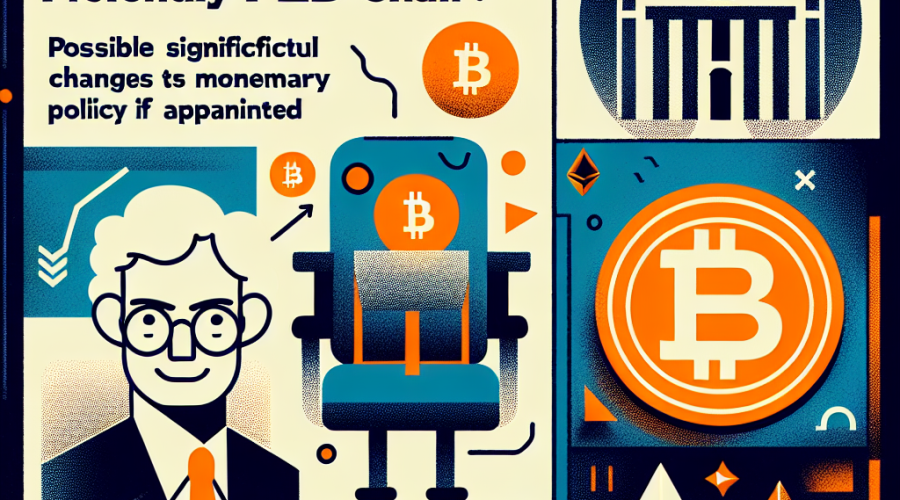Ethereum Foundation researcher Toni Wahrsttter heralded this increase as evidence of the platform’s adaptability and growth. Following a year-long push by the community for higher gas limits, Wahrsttter confirmed that Ethereum is now operating with a 60 million block gas limit on X. Moreover, he emphasised that this is only the starting point, hinting at bigger increases on the horizon.
The block gas limit was raised automatically on November 25 after gaining the approval of over half of the validators. This approval rate meets the current threshold stipulated by Ethereum’s consensus rules, further evidencing the community’s support for the upgrade.
Observers and experts have weighed in on the dynamics that have made such an increase possible. Notably, independent blockchain researcher Zhixiong Pan credited three specific factors: the introduction of the EIP-7623 protocol that provides block-size safeguards at the protocol level, client optimisations across multiple implementations allowing higher gas throughput, and several months of testnet results confirming stable block propagation under increased loads.
Pan posited that aligning these three conditions allows for more ‘aggressive L1 scaling’ while simultaneously maintaining system stability. The research circles in the Ethereum community apparently agree, as the move represents a significant scaling milestone.
Ethereum’s Future Direction
Co-founder of Ethereum, Vitalik Buterin, weighed in on the change. In his view, this gas limit increase signals a shift towards tailored optimisation instead of an across-the-board increase in network capacity. Highlighting the future of Ethereum, he speculated that future adjustments may see further gas limit increases paired with higher gas costs for computationally expensive operations. His proposal aims to preserve the efficiency of the network as the effective block size grows while also enabling higher throughput at the base layer.
Enhancing the relevance of Buterin’s comments, it’s interesting to note that Ethereum’s scaling networks reached a record-breaking 31,000 transactions per second (TPS) over the past 24 hours. Rollups contributed to this throughput, with a perpetual-focused zero-knowledge rollup called Lighter leading with about 5,455 TPS.
Upcoming Developments
Notably, this gas limit increase comes at a time when Ethereum is days away from the Fusaka hard fork, which, as per developer coordination calls, is officially targeted for December 3.
Fusaka has already been activated on testnets and has opened a $2 million audit contest, indicating the seriousness with which Ethereum is taking this upgrade. At the heart of Fusaka is PeerDAS – a significant redesign of data availability sampling that Buterin described as crucial for Ethereum’s scaling. According to Buterin, the new structure is key to achieving a more reliable and efficient throughput of rollup data.
Moreover, Fusaka includes routine client updates, refinements to the consensus protocol, and measures to strengthen system security. All these developments underscore Ethereum’s commitment to continually refining and enhancing its platform in line with the evolving needs of its users.
Final Thoughts
While Ethereum understands the fine balance between scaling and stability, this move to increase the block gas limit signals the platform’s eagerness to accommodate the increasing demands of its community. By aligning critical conditions such as safeguards, throughput optimisations, and consistency, Ethereum is metaphorically laying the groundwork for more aggressive scaling without compromising its stability.
The forthcoming Fusaka hard fork paints an exciting future ahead for Ethereum. With the GAS limit increase already in place and several improvements and refinements forthcoming, Ethereum seems all set to maintain its hegemony in the world of DeFi.
As it stands now, the move marks the beginning of a new era for Ethereum, opening doors to possibilities and scalability that seemed distant not too long ago. Nevertheless, the future certainly seems promising, and users and developers can expect the platform to continue striving for excellence.
Disclaimer: The information provided here is for informational purposes only. It is not intended as legal, tax, investment, financial, or other advice.
















